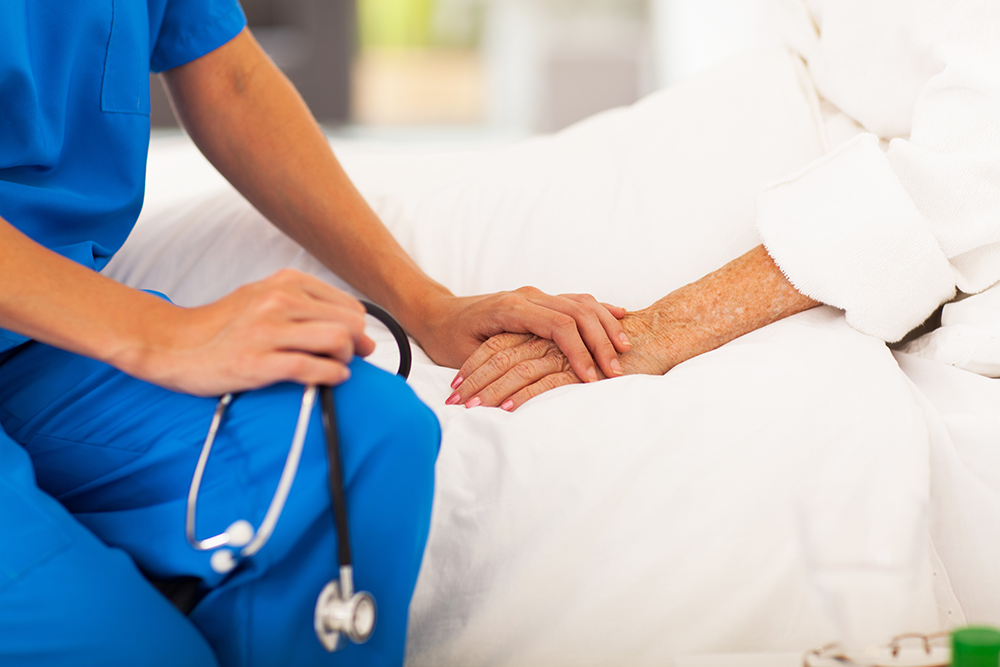May is Stroke Awareness Month, a time dedicated to raising awareness about stroke and educating people about its causes, symptoms, and treatments. Stroke is a serious medical condition that occurs when the blood supply to the brain is interrupted or reduced, causing brain cells to die. In this blog post, we’ll discuss what a stroke is, the common causes of stroke, and the after-effects that stroke survivors live with.
What is a stroke?
A stroke occurs when the blood supply to the brain is interrupted or reduced, causing brain cells to die. There are two main types of stroke: ischemic stroke and hemorrhagic stroke. Ischemic stroke is the most common type of stroke and occurs when a blood clot blocks an artery in the brain. Hemorrhagic stroke occurs when a blood vessel in the brain bursts and causes bleeding.
Common causes of stroke
High blood pressure is the leading cause of stroke. Other risk factors for stroke include smoking, obesity, high cholesterol, diabetes, and a family history of stroke. Certain medical conditions, such as atrial fibrillation (an irregular heartbeat), carotid artery disease, and peripheral artery disease, can also increase the risk of stroke.
The after-effects of stroke
The after-effects of stroke can vary widely depending on the severity and location of the stroke. Some people may experience only mild symptoms, while others may be left with significant disabilities. Common after-effects of stroke include:
- Paralysis or weakness: Stroke survivors may experience paralysis or weakness on one side of the body. This can affect the ability to walk, talk, and perform everyday activities.
- Difficulty speaking or understanding speech: Stroke survivors may have difficulty speaking or understanding speech. This can make it hard to communicate with others.
- Cognitive impairment: Stroke survivors may experience cognitive impairment, including difficulty with memory, attention, and problem-solving.
- Emotional changes: Stroke survivors may experience emotional changes, such as depression, anxiety, and mood swings.
- Fatigue: Stroke survivors may experience fatigue, which can make it difficult to perform everyday activities.
- Chronic pain: Some stroke survivors may experience chronic pain, which can be caused by nerve damage or other injuries.
- Bladder and bowel problems: Stroke survivors may experience bladder and bowel problems, which can be caused by damage to the nerves that control these functions.
Stroke prevention
There are many steps that can be taken to prevent stroke. One of the most important is managing high blood pressure, the leading cause of stroke. Other steps include:
- Quit smoking: Smoking can increase the risk of stroke by damaging the blood vessels in the body.
- Exercise regularly: Regular exercise can help reduce the risk of stroke by improving cardiovascular health.
- Maintain a healthy weight: Obesity is a risk factor for stroke, so maintaining a healthy weight can help reduce the risk.
- Eat a healthy diet: A diet that is high in fruits, vegetables, whole grains, and lean protein can help reduce the risk of stroke.
- Manage medical conditions: Managing medical conditions, such as high cholesterol and diabetes, can help reduce the risk of stroke.
- Seek medical attention immediately: If you experience symptoms of a stroke, such as sudden weakness or numbness on one side of the body, difficulty speaking or understanding speech, or sudden vision changes, seek medical attention immediately. Early treatment can help reduce the severity of the stroke and improve outcomes.
In conclusion, strokes are a serious medical emergency that requires immediate attention. Knowing the signs of a stroke and seeking prompt medical attention can make all the difference in the outcome. By making lifestyle changes to reduce the risk factors for stroke, such as maintaining a healthy diet, exercising regularly, and managing conditions like high blood pressure and diabetes, we can lower our chances of stroke. And for stroke survivors and their loved ones, it’s important to seek resources and support to help manage the physical and emotional challenges that may arise after a stroke. Stroke awareness month is an opportunity to learn more about strokes and how we can all take steps to prevent them and support those affected. If you or someone you love is experiencing stroke symptoms, call 911 or seek immediate medical treatment at an Emergency Room.


Recent Comments